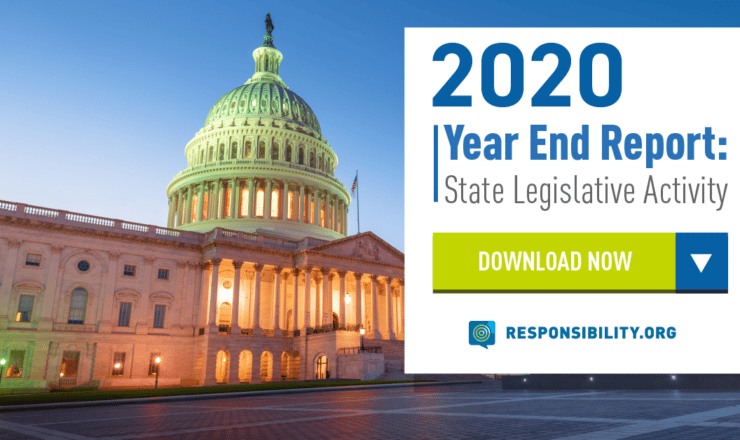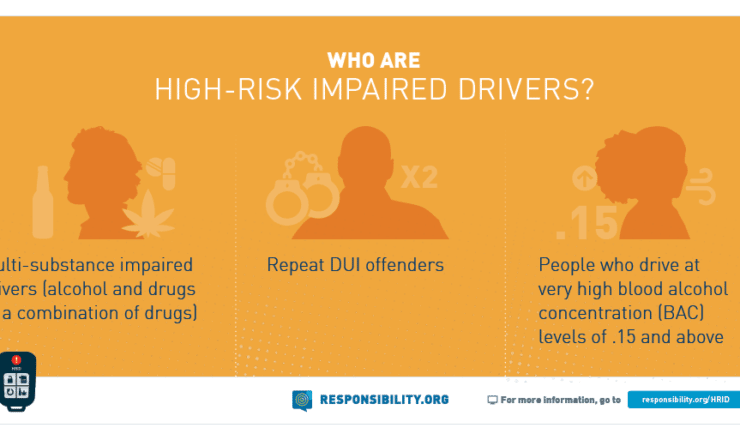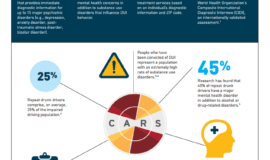High-Risk Impaired Drivers: Effective Solutions for a Critical, Persistent Road Risk
By Brandy Axdahl, Dr. Darrin T. Grondel and Erin Holmes
Visit StopHRID.org to learn more >>
Between us, we have nearly 70 years of traffic safety experience. It’s a passion we developed early in our careers as a Washington State Patrol Officer who knocked on doors to deliver death notifications, as a MADD employee working with victims from across the country and as a criminologist witnessing the effects substance abuse and mental health disorders can have on decision-making, often leading to risky decisions such as driving impaired. Our experiences have taught us these key facts:
- Every impaired driver is a high risk to others on our roadways. Even “first-time" impaired drivers cause death and injury and most engage in the behavior often before their first arrest.
- Two-thirds of DUI offenders will not re-offend.
- One-third of DUI offenders are repeat offenders undeterred by punishment and lack the motivation to change their criminal behavior. We can and must do more to stop them.
Since 1982, drunk driving fatalities have decreased 50 percent but deaths involving repeat offenders and drivers at high blood alcohol concentration (BAC) levels have not significantly declined. About one-third of alcohol-impaired driving deaths involve repeat offenders and nearly 60 percent involve drivers at high BAC levels of .15 or above.
An emerging issue is multi-substance impaired driving. States like Washington and Colorado that rigorously test for drugs show a significant rise in impaired drivers testing positive for impairing substances other than alcohol. Often, drivers have consumed multiple substances. Alcohol and THC (the main psychoactive component in cannabis) are the most common combination. This is a serious concern because the combination of impairing substances can create a synergistic effect that multiplies impairment levels and increases crash risk.
A complicating factor is the complex nature of the DUI system that begins at the point of arrest and continues with the court process (prosecution and disposition of the case), sentencing, supervision (i.e., probation), and treatment. This system is siloed and there are countless opportunities for impaired drivers to avoid accountability, which is especially dangerous for offenders at high risk of recidivism. Repeat offenders know these gaps exist and use them to their advantage resulting in negative outcomes.
Responsibility.org convened traffic safety and criminal justice experts to examine these issues, identify the most significant challenges, and prioritize the reforms needed to improve the identification and handling of these dangerous drivers. Collectively, the expert panel settled on the name “High-Risk Impaired Drivers (HRID) and the result of their work is the interactive, online resource Responsibility.org is launching today.
This resource is for anyone seeking to understand the complex DUI system and proven countermeasures to significantly reduce repeated instances of impaired driving. Policymakers and practitioners will find it especially useful. The resource includes promising programs, policymaker checklists, videos, and other resources. Together, we can #StopHRID and all other forms of impaired driving. We look forward to new and continued collaboration with all groups to finally end impaired driving.














